For many dog owners, the sight of their furry friend pacing, whining, or experiencing other signs of anxiety can be heart-wrenching. Anxiety in dogs is more common than you might think, and it can manifest in various ways, from hiding during loud noises to showing signs of stress when left alone.
Luckily, there are proven methods to help calm an anxious dog and improve their quality of life. In this guide, we'll explore eight effective techniques to tackle dog anxiety, ensuring your canine companion feels safe and secure.
Without further ado, here are our 8 proven ways to calm your anxious dog:
Understanding Dog Anxiety
Anxiety in dogs can stem from various sources, and understanding the root cause is essential for effective management. Some dogs may feel anxious due to past traumas, while others might have a naturally timid disposition. Common triggers include loud noises, unfamiliar environments, separation anxiety and the presence of other dogs.
Dog owners must pay attention to their pet’s body language to identify early signs of anxiety. Look for behaviours & changes in your dog's body language such as lip licking, excessive barking, or trembling. Recognising these cues allows you to intervene before the anxiety escalates. Additionally, understanding the difference between normal nervous behaviour and anxiety-induced stress can help you determine the best course of action.
It's important to remember that anxiety isn't just about what the dog feels; it also affects their behaviour. An anxious dog may resort to destructive behaviour as a coping mechanism, making it crucial for pet parents to address these issues promptly. By taking proactive steps, you can help your dog manage their anxiety and lead a happier life.
Creating a Safe Space

Providing a safe space for your dog can significantly reduce anxiety levels. This area should be a haven where your dog feels secure and comfortable, free from common triggers that might heighten their stress. A designated safe space can be beneficial during events like thunderstorms or fireworks, where loud noises are unavoidable.
When setting up a safe space, consider using a dog bed or a soft blanket to create a cosy environment. Familiar scents and toys can also add a sense of comfort. It's essential to ensure that this space is accessible at all times, allowing your dog to retreat whenever they feel anxious.
Encourage your dog to associate positive experiences with their safe space. This can be achieved by offering treats or toys when they voluntarily enter the area. Over time, your dog will begin to see this space as a refuge, helping to calm their anxious behaviour during stressful situations.
The Calming Effects of Music
Music therapy is a powerful technique for soothing anxiety, not just in humans but also in dogs. Playing classical music or harp music can have a calming effect on your dog's mind, reducing stress and promoting relaxation. Many dogs respond positively to the gentle rhythms and harmonies found in such music.
To implement music therapy, consider playing soft background noise during times when your dog typically feels anxious. Whether it's during car rides or when you're away from home, the consistent sound can help mask external noises and keep your dog calm. Studies have shown that certain types of music can lower anxiety levels, making it a valuable tool for pet owners.
In addition to classical music, white noise can also be effective in creating a soothing environment. Devices that play white noise can help distract from sudden, jarring sounds that might trigger anxiety. By incorporating music into your daily routine, you can create a more peaceful atmosphere for your furry friend.
Physical Exercise and Mental Stimulation

Regular physical exercise is crucial for maintaining a dog's overall well-being and can significantly reduce anxiety. Exercise helps expend excess energy, which can otherwise contribute to feelings of stress and restlessness. Taking your dog for a walk or engaging in playtime can work wonders in calming their anxious behaviour.
Aside from physical activity, mental stimulation is equally important in keeping your dog's mind occupied. Interactive toys, puzzle games, and training exercises can challenge your dog intellectually, preventing boredom and anxiety from setting in. Incorporating both physical and mental stimulation into your dog's routine can lead to calmer behaviour and a happier pet.
For those dealing with particularly anxious dogs, incorporating structured play sessions can be beneficial. Activities that require concentration and focus can help your dog channel their energy positively, reducing anxiety levels and encouraging pleasant experiences.
The Role of Positive Reinforcement
Positive reinforcement is a proven way to shape your dog's behaviour and build their confidence. When your dog exhibits calm behaviour, rewarding them with treats or praise can reinforce the idea that staying calm leads to positive outcomes. This approach helps condition your dog to remain calm in situations that might otherwise trigger anxiety.
It's important to be consistent with positive reinforcement, rewarding your dog immediately after displaying the desired behaviour. Over time, your dog will start associating calmness with rewards, leading to a reduction in anxious behaviour. Whether it's during training sessions or everyday interactions, positive reinforcement is a valuable tool for dog trainers and pet parents alike.
By focusing on positive reinforcement, you can create a bond of trust between you and your dog. This trust is essential for managing anxiety, as it assures your dog that they are safe and loved, even in stressful situations.
Exploring Calming Supplements

Calming supplements offer another avenue for alleviating anxiety in dogs. Natural remedies such as valerian root or dog appeasing pheromone products can help reduce stress levels without resorting to medication. These supplements are often available in various forms, such as chews or diffusers.
Before introducing any supplements, consult your veterinarian to ensure they are safe and appropriate for your dog's needs. While calming supplements can be effective, they should be part of a holistic approach that includes behavioural modifications and environmental adjustments.
For many pet owners, supplements are a convenient addition to their anxiety management strategy. They provide an extra layer of support for dogs suffering from heightened anxiety, allowing for a more comprehensive approach to calming an anxious dog.
Harnessing the Power of Routine
Establishing a consistent routine can greatly benefit anxious dogs. Dogs thrive on predictability, and having a regular schedule can reduce uncertainty and stress. A structured routine that includes feeding times, walks, and play sessions helps your dog understand what to expect, reducing anxiety levels and increasing your dog's confidence.
When developing a routine, be sure to consider your dog's individual needs and preferences. Some dogs may require more frequent breaks, while others might benefit from longer play sessions. Adjust your routine as needed to ensure it aligns with your dog's comfort and energy levels.
Consistency is key when implementing a routine. By maintaining a predictable schedule, you provide your dog with a sense of stability and security, helping to alleviate anxiety and promote calm behaviour.
Seeking Professional Guidance

In cases where a dog's anxiety is severe or persistent, seeking professional guidance from a veterinary behaviourist or dog trainer can be invaluable. These experts have the training and experience to assess your dog's specific needs and develop tailored strategies to manage their anxiety.
Professional guidance can provide insight into your dog's behaviour, helping you identify common triggers and implement effective solutions. They may recommend behaviour modification techniques, training exercises, or even pharmaceutical interventions if necessary.
For pet owners who are struggling to manage their dog's anxiety, reaching out to a professional can provide the support and expertise needed to achieve better results. By working together, you can create a plan that addresses your dog's unique challenges and promotes a happier, calmer life.
Conclusion
Addressing anxiety in dogs requires patience, understanding, and a willingness to explore different methods. By implementing the proven techniques outlined in this guide, you can help calm your anxious dog and improve their quality of life. Remember, each dog is unique, so it's important to tailor your approach to suit their individual needs.
Whether it's creating a safe space, playing calming music, or seeking professional guidance, there are countless ways to support your furry friend. By taking proactive steps, you can help your dog feel safe and secure, fostering a stronger bond and a more harmonious relationship.
For those seeking additional support, consider reaching out to a veterinary behaviourist or joining online communities of pet owners facing similar challenges. Together, we can create a world where anxious dogs can find peace and thrive in their environments.

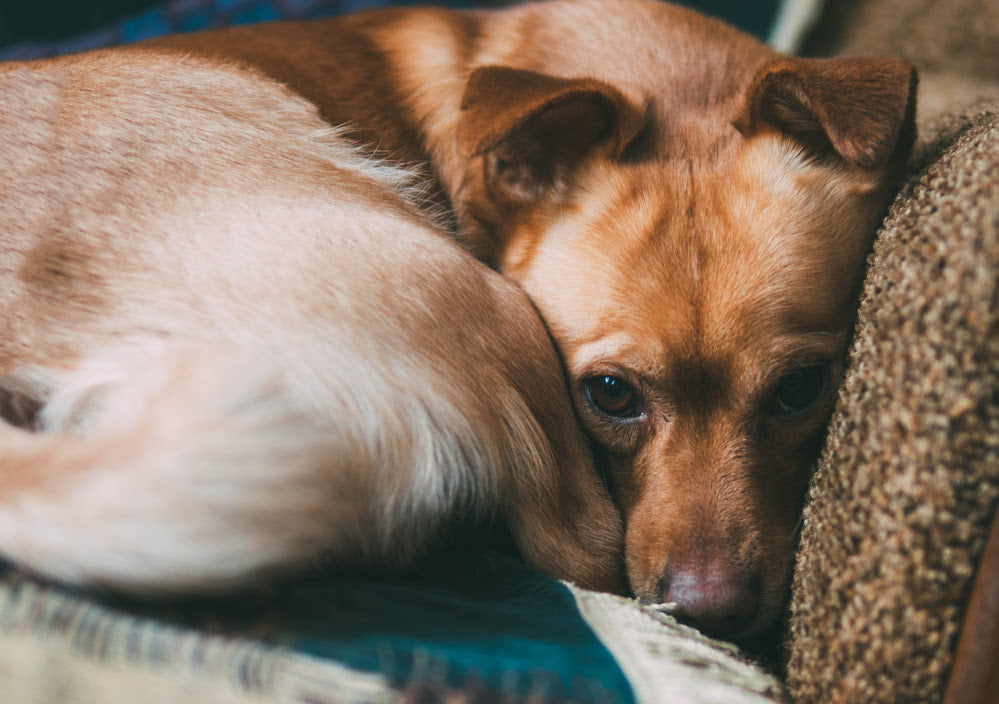
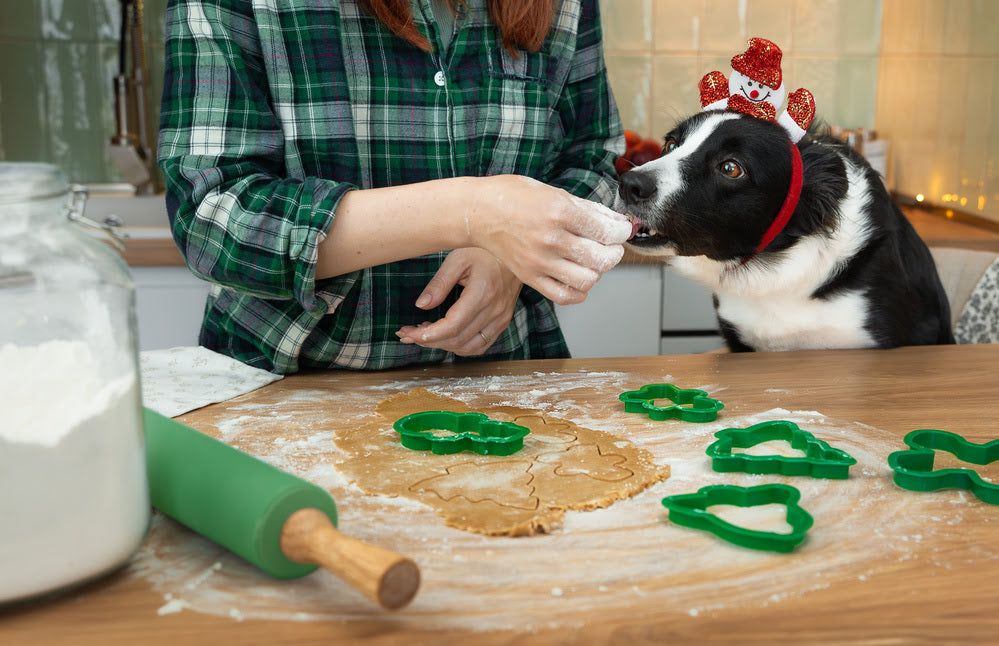
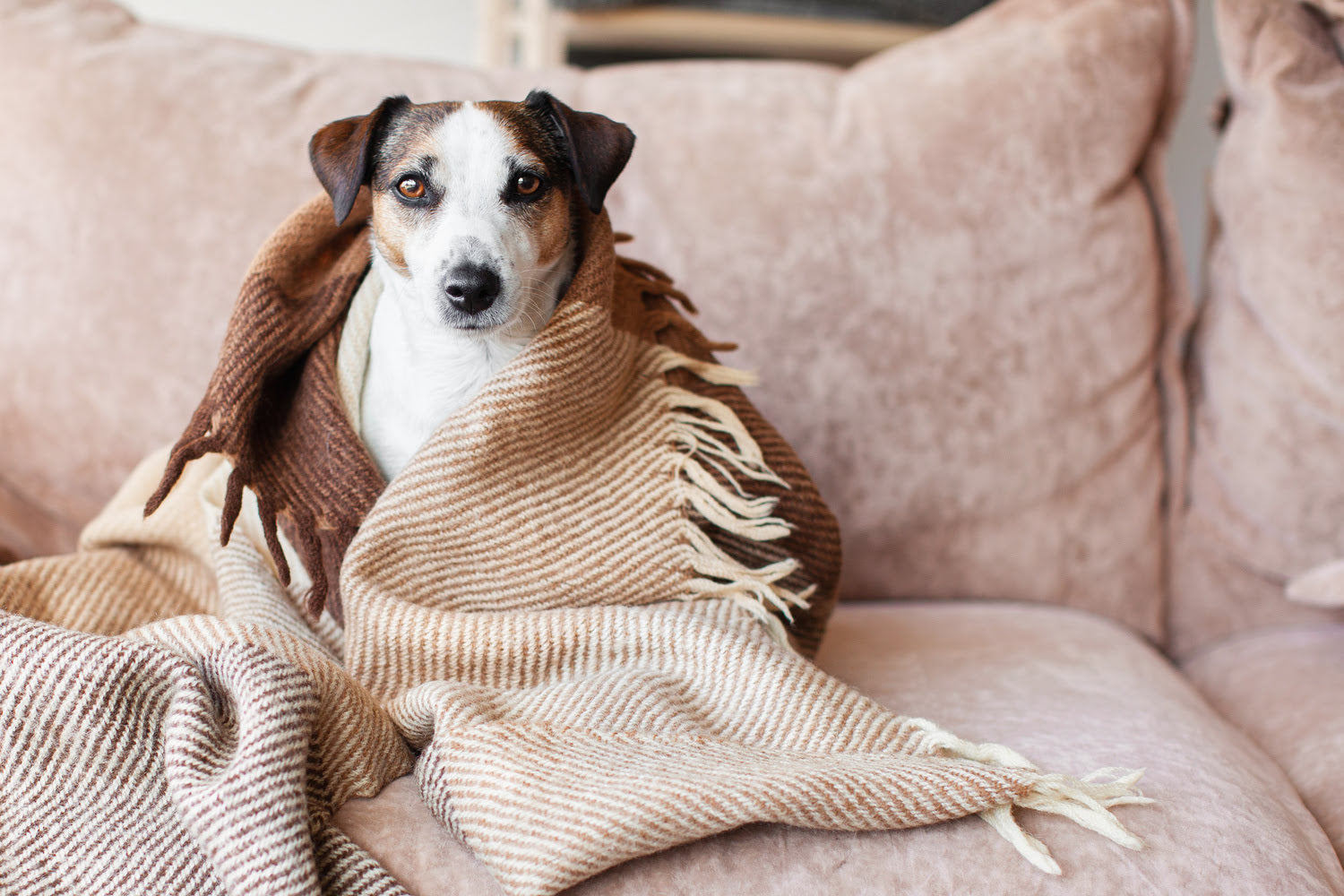
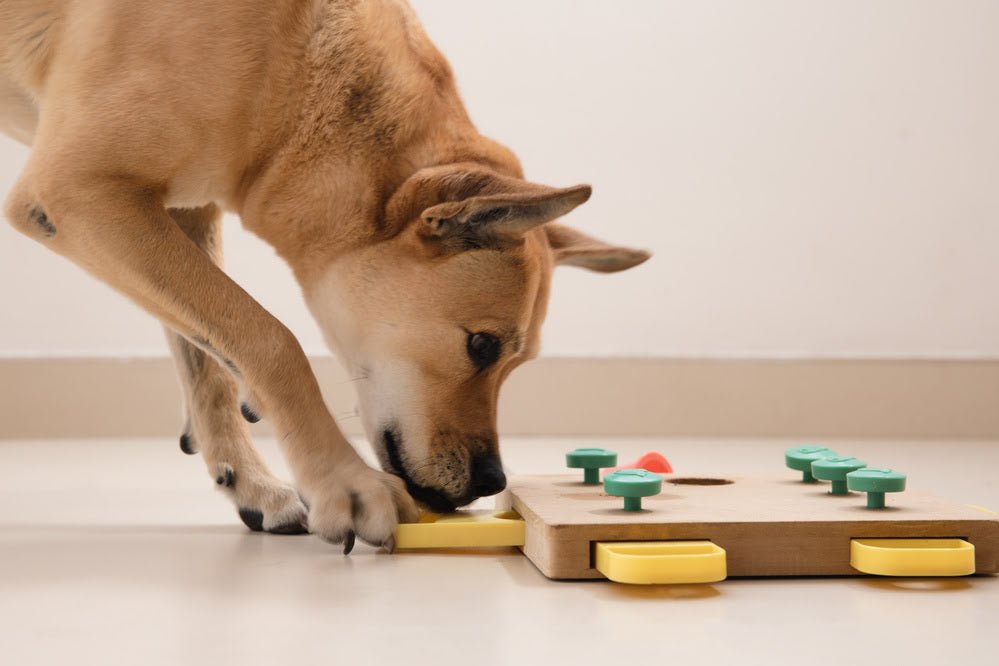
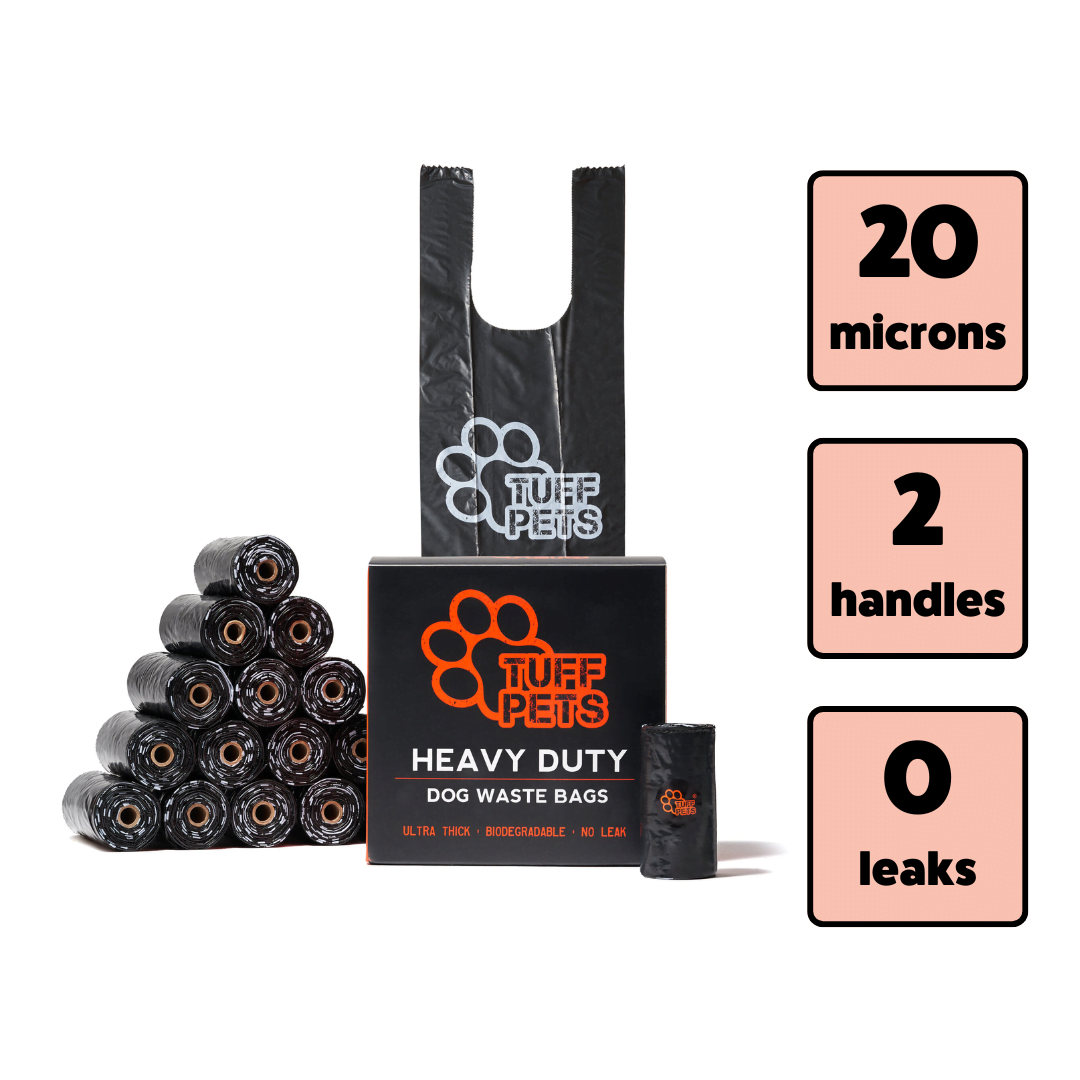
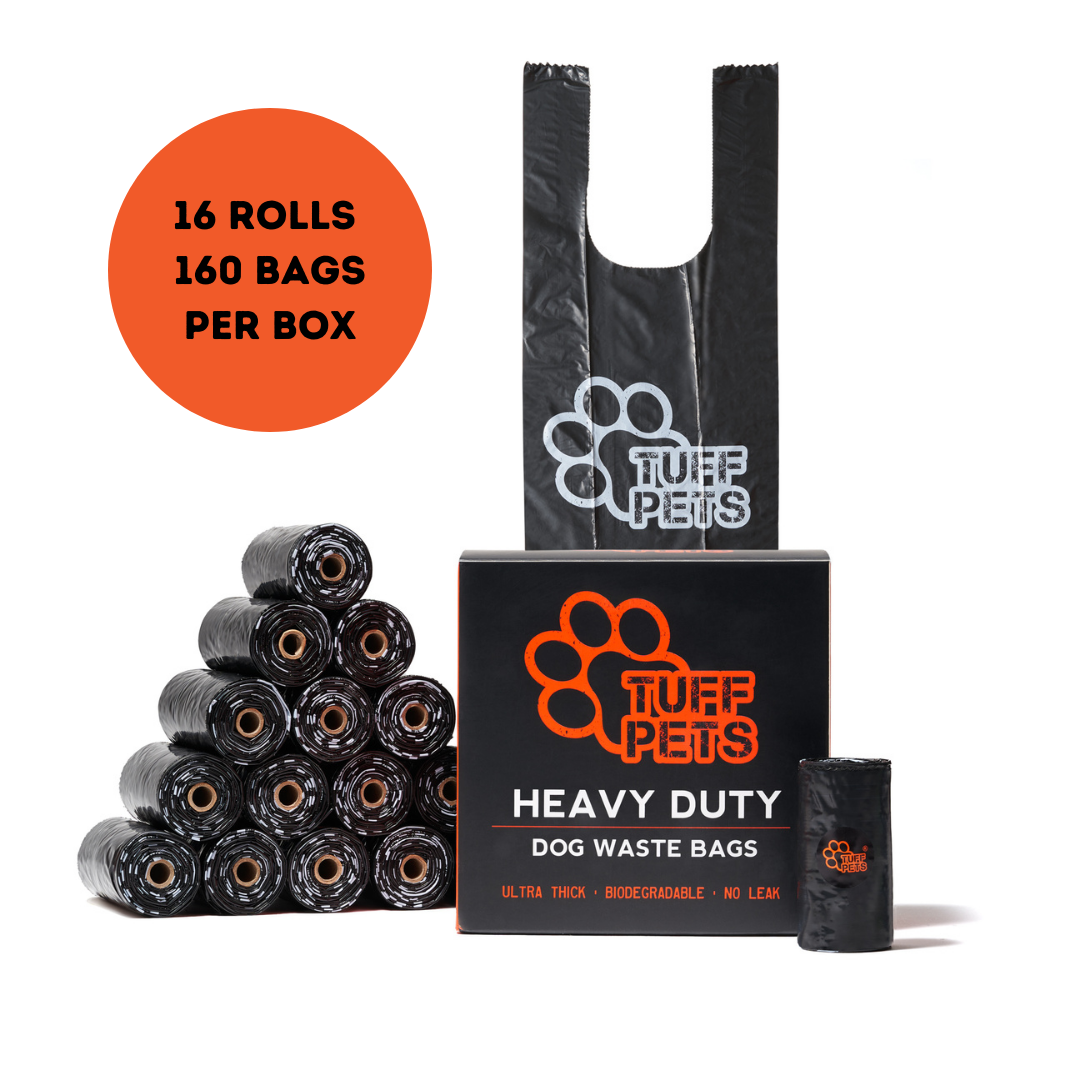
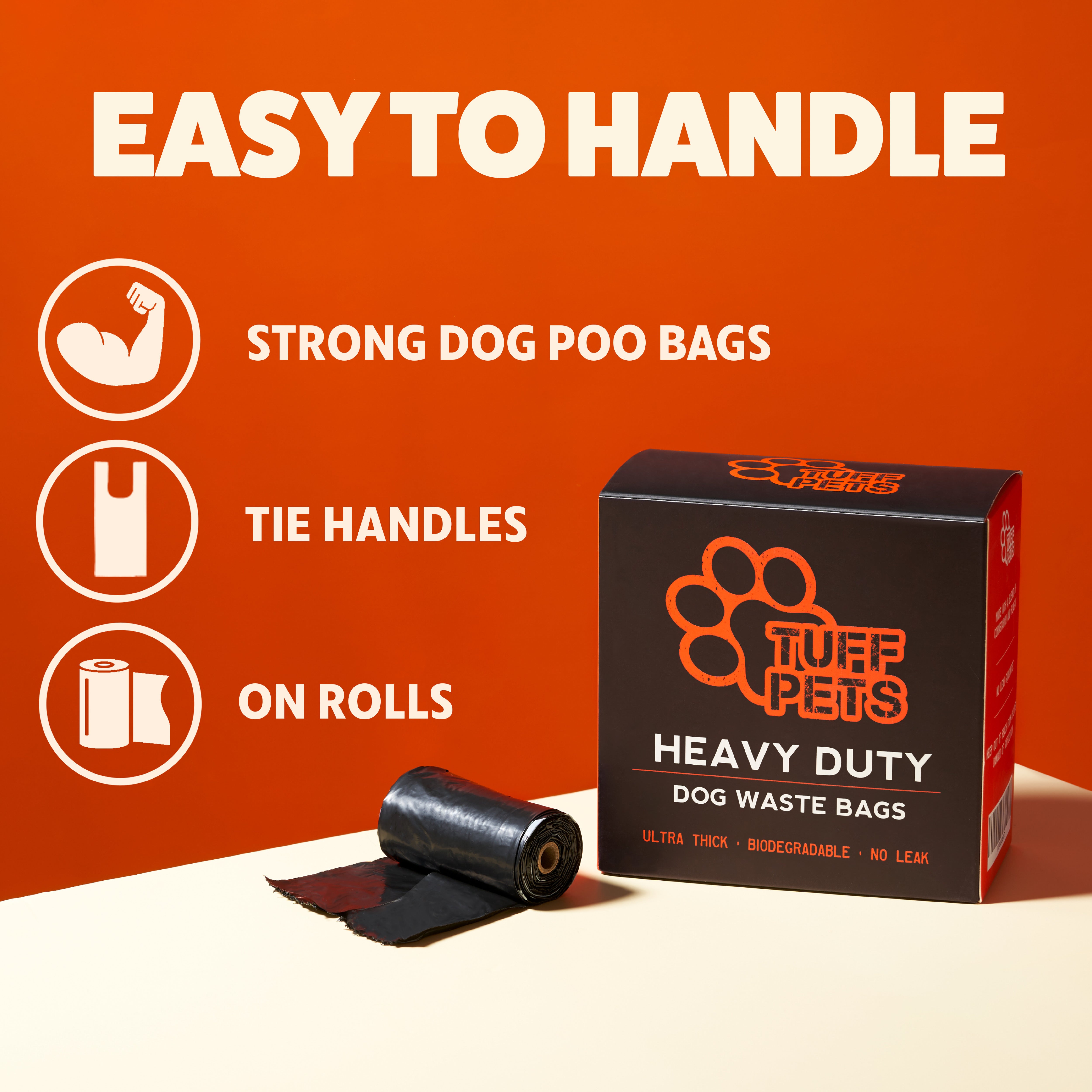
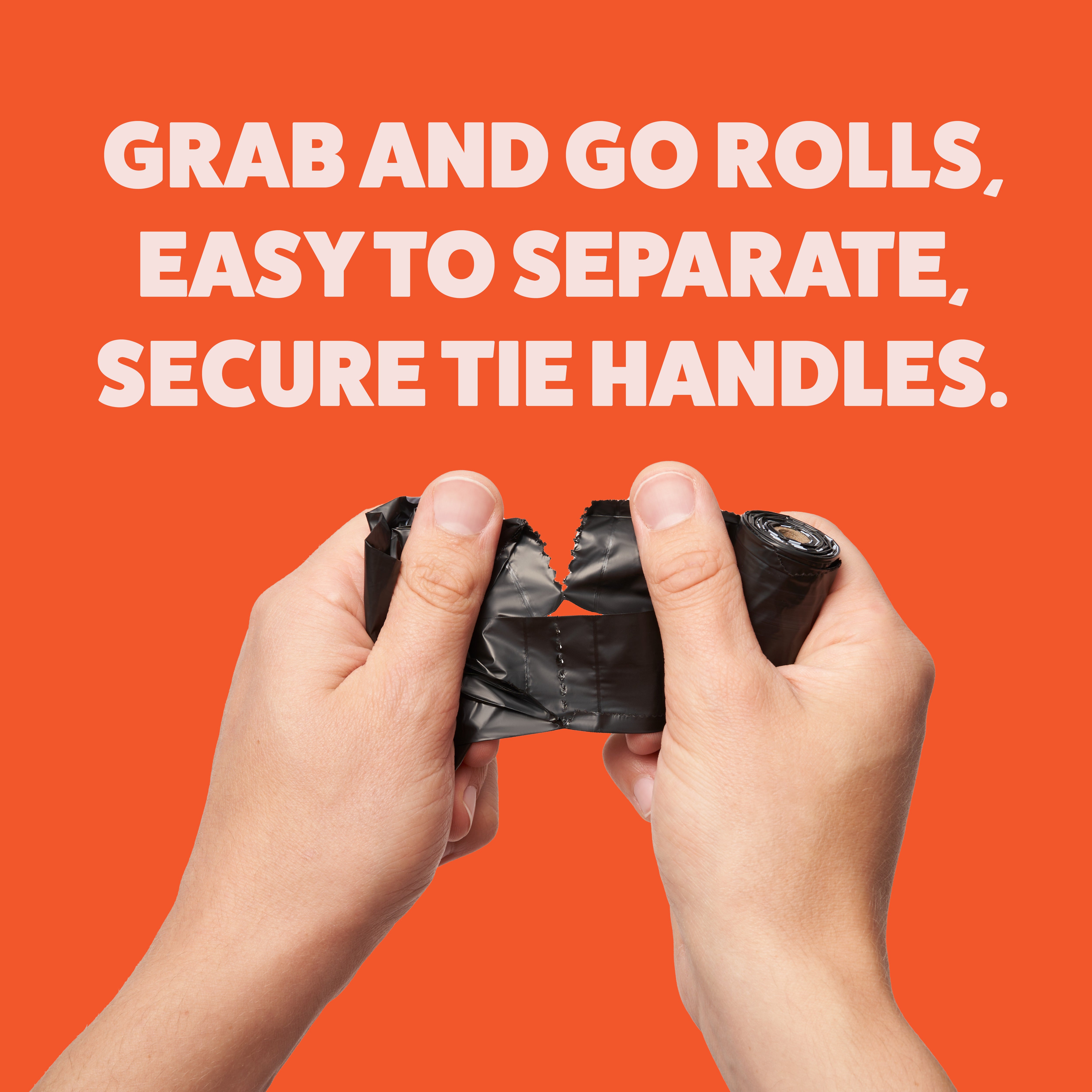
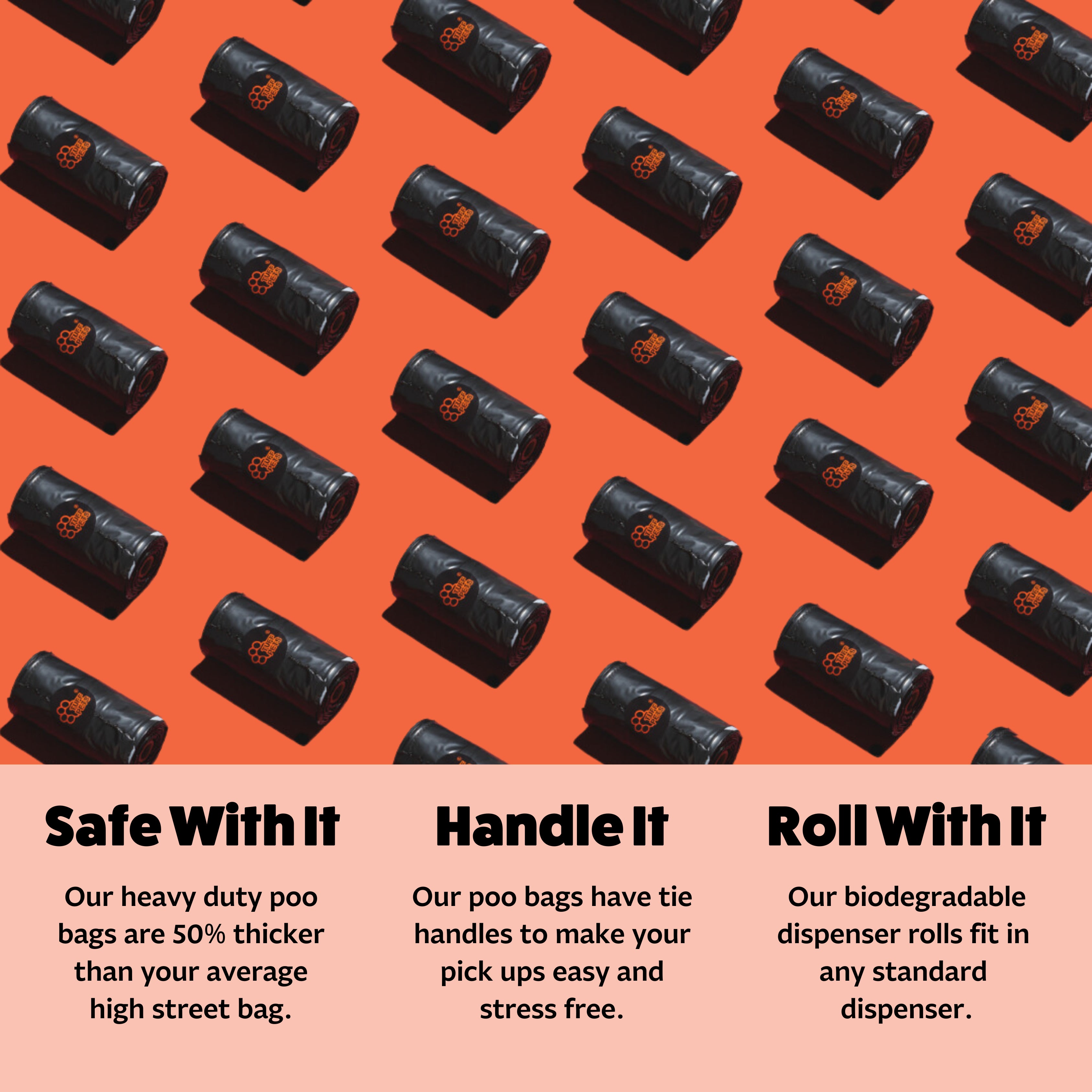
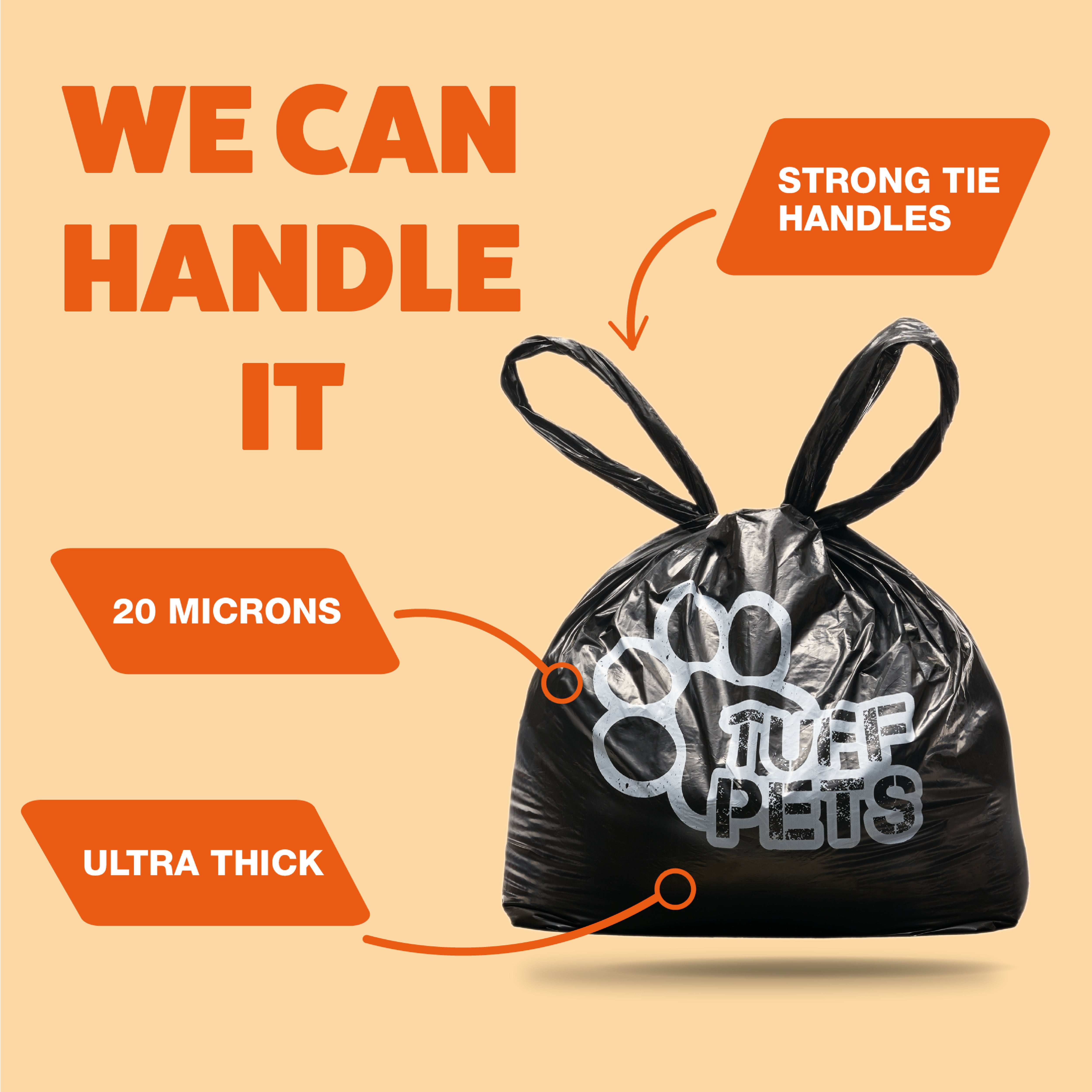
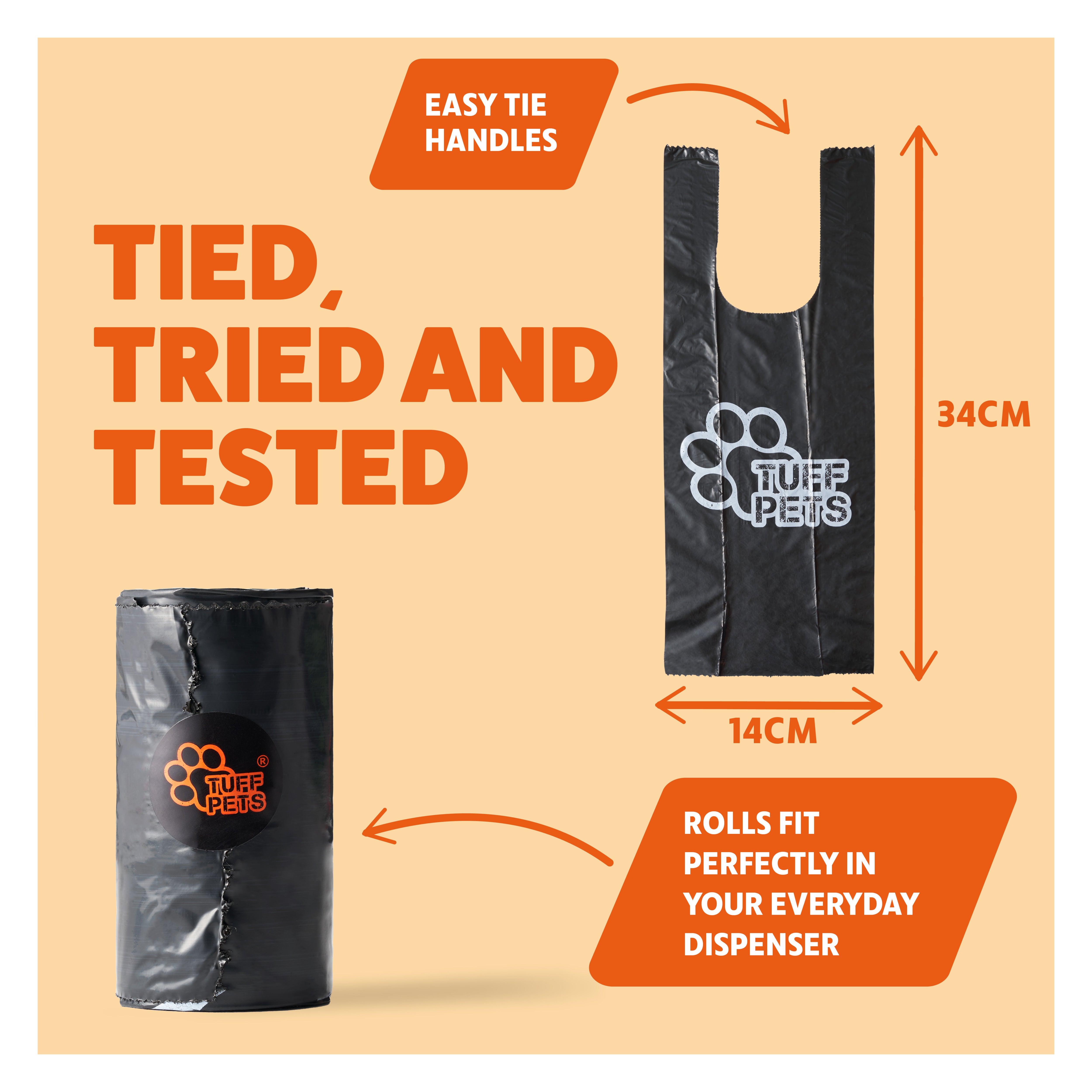

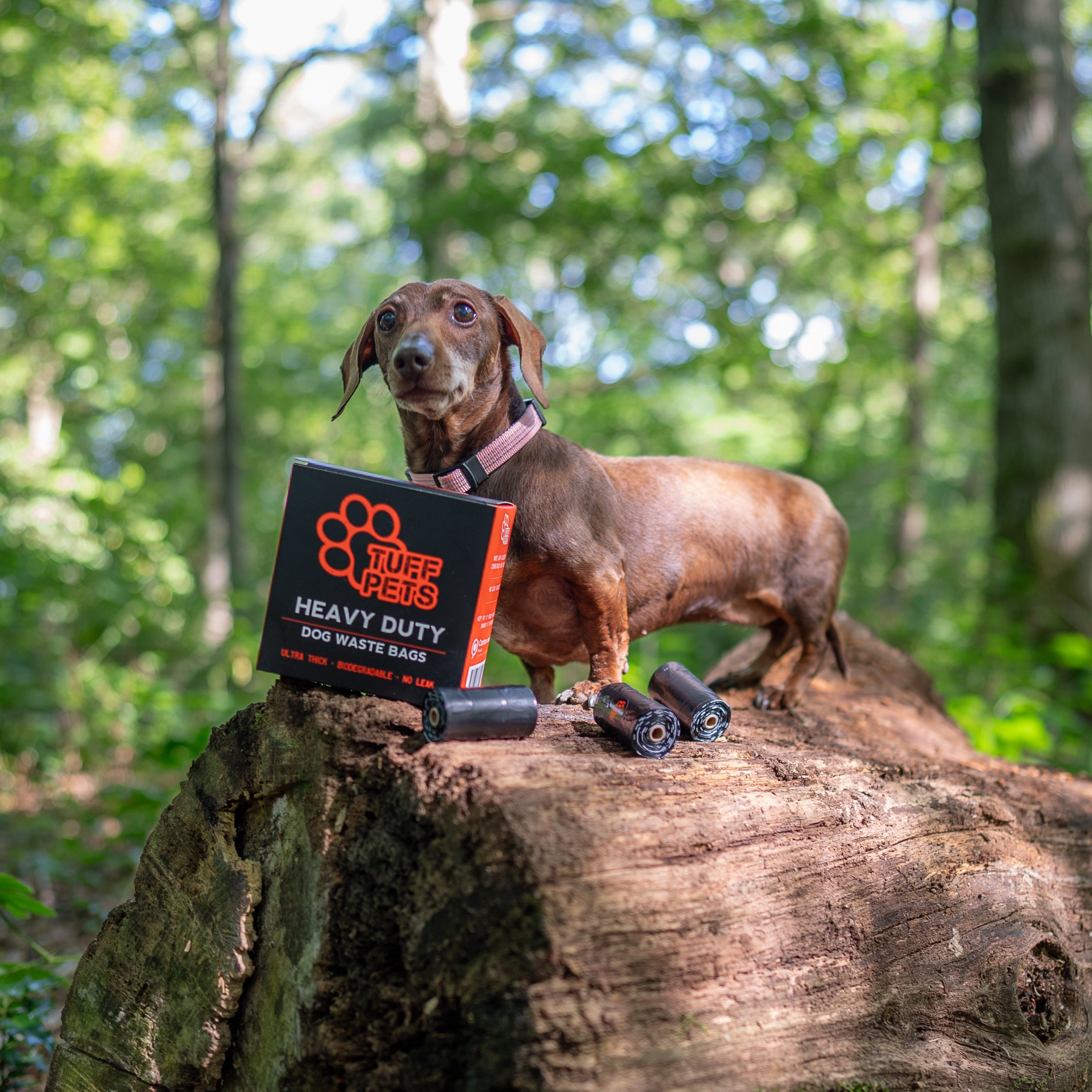

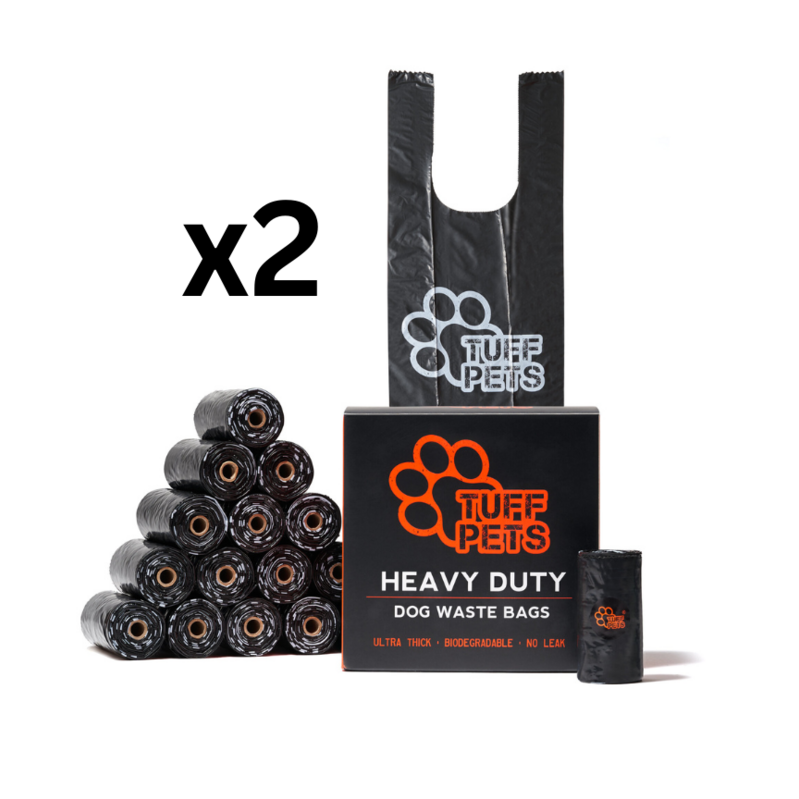
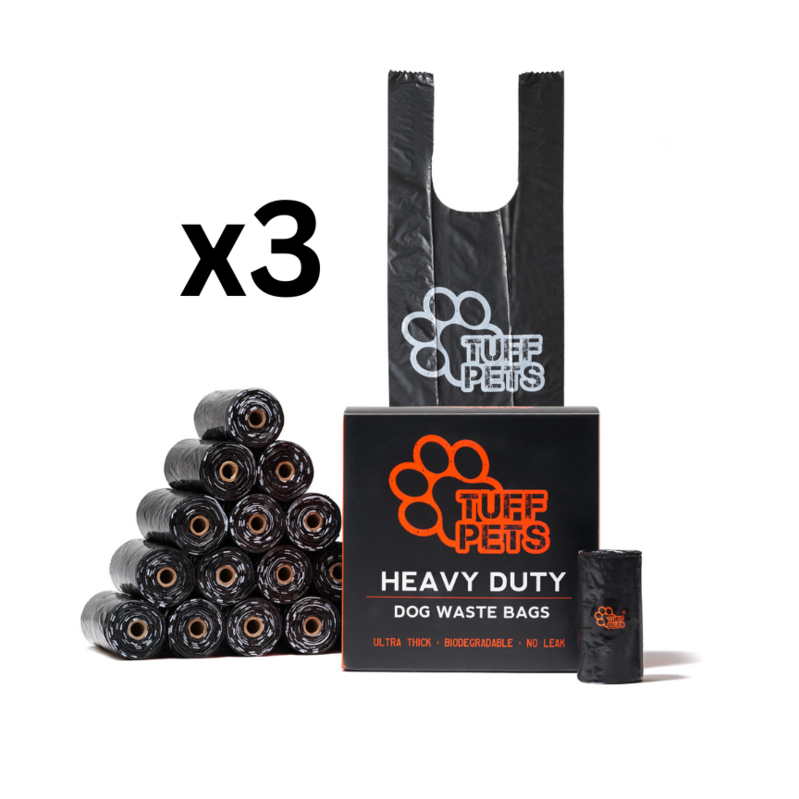
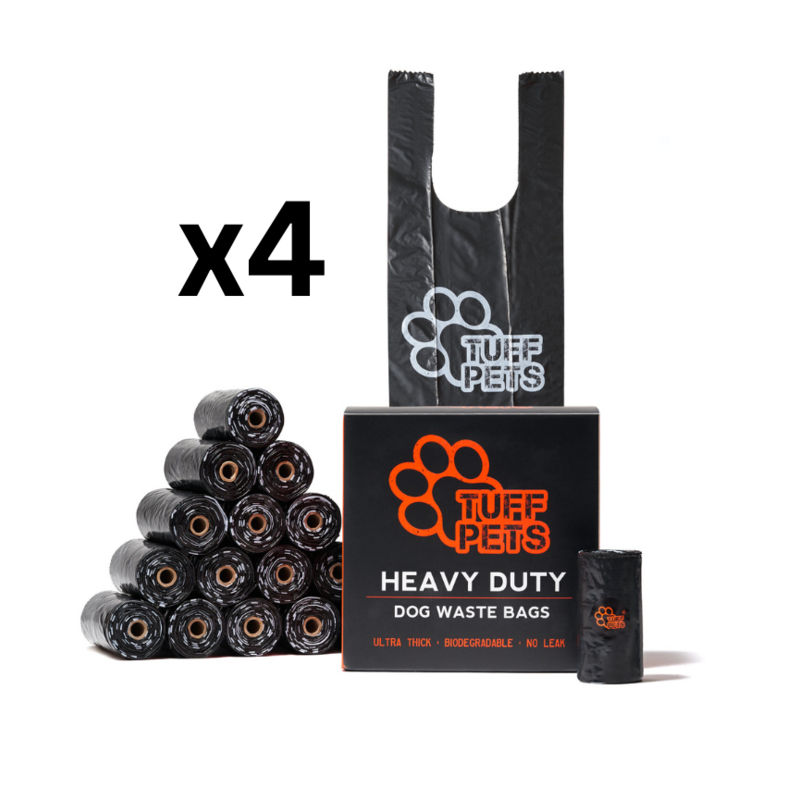
Share:
Cruising with Canines: 10 Essential Tips for Stress-Free Road Trips with Your Dog
Paws Off! 7 Mistakes Dog Owners Must Avoid